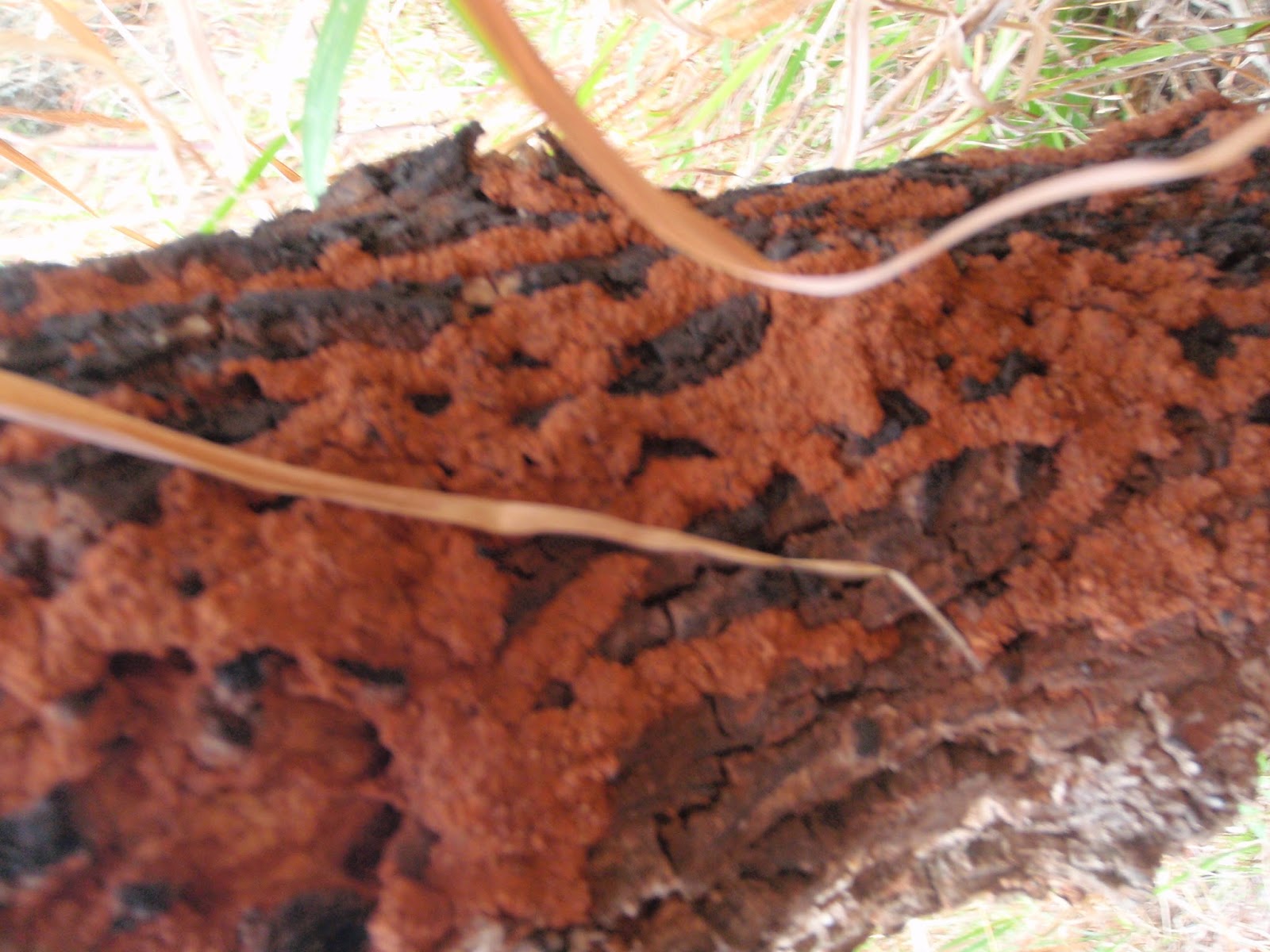Termites
A joint German-Chinese study using behavioural mathematics (reported in Proceedings of the National Academy of Sciences) found that the group has an ability to process information 'far more efficiently than Google'. According to study co-author Jurgen Kurths, single ants may appear random, but the group quickly becomes an ordered line in their search for food. A team from the Georgia Institute of Technology revealed that ants' skills at building stable tunnels in loose sand could aid in the design of a new generation of search-and-rescue robots.
Termite patterns on a tree trunk reveal order and intricacy, despite the destruction wreaked upon the host structure. A new system takes over the old one - evocative of human civilisations/ societies which are continually built up or broken down. Remnants of the old remain but things can never be the same.
A study of termite patterns combined with grids and text as a metaphor for Intelligent Design led to the works Termitary and newsociety in 2009. I continue to collect reference material, and hope to continue the exploration of this fascinating subject.
 |
| newsociety (2009) |
 |
| Termitary (2009) |




No comments:
Post a Comment